- LEARN
- how-to manga
- HOW TO USE JAPANESE RESTROOMS
HOW TO USE JAPANESE RESTROOMS
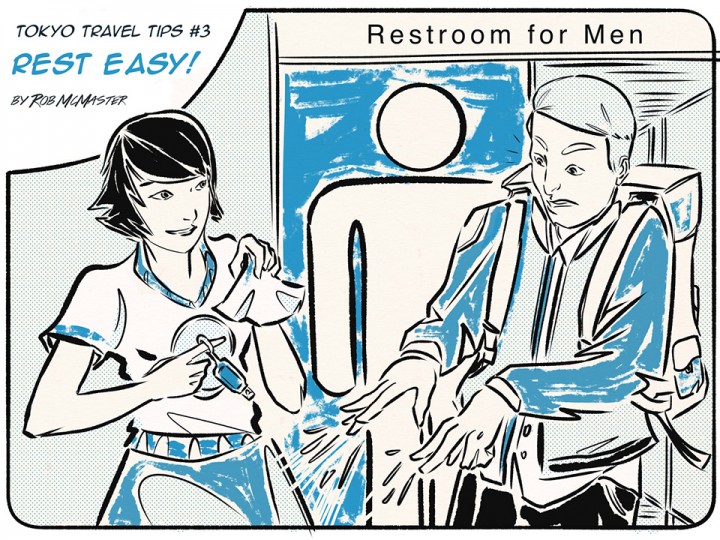
If you're visiting Japan for the first time, you might be surprised to find that many public restrooms don’t have paper towels or hand dryers. This might leave you awkwardly wiping your hands on your clothes—until you notice a local pulling out a handkerchief. In Japan, it’s common to carry a handkerchief for drying your hands, and while some restrooms (like those in convenience stores or department stores) may provide drying options, many do not.
Another surprise? Some public restrooms, especially in train stations, don’t have soap! Given Japan’s reputation for cleanliness, this can be unexpected. To avoid any inconvenience, it’s a good idea to carry your own hand soap or hand sanitizer, which is now widely available in convenient keychain-sized bottles.
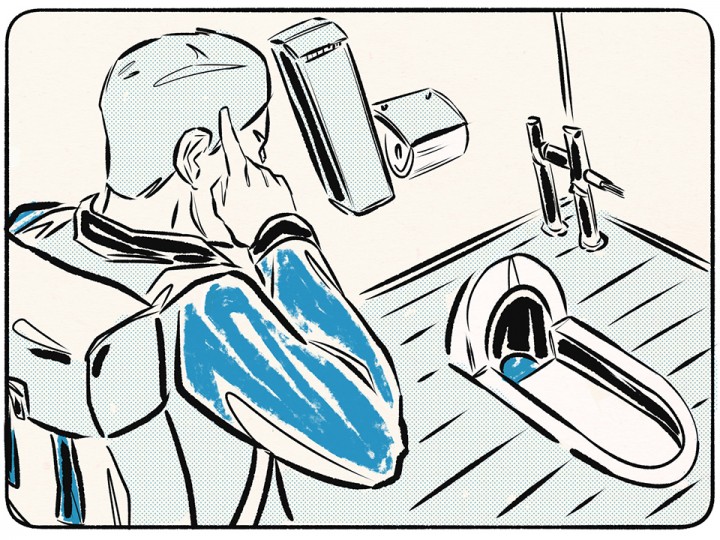
Before visiting Japan, you may have heard of the infamous “squatter” toilets. Yes, they exist, and using one can definitely double as a thigh workout! But don’t worry—Western-style sitting toilets are now far more common, especially in cities. Most public restrooms will offer both options, so if you open a stall and find a squat toilet, there’s a good chance the next stall over will have a sitting toilet. The only places where you might not have a choice are park restrooms, outdoor facilities, or more rural areas.
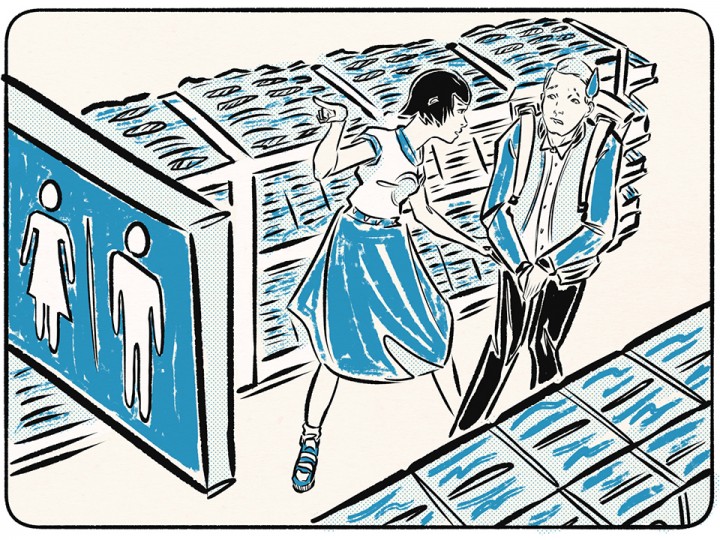
This is where Japan’s convenience stores truly live up to their name. These stores provide restrooms that are generally open to the public—even if you don’t make a purchase. They almost always have sitting toilets, soap, and a way to dry your hands, and they are typically very clean. No need to hunt for a café just to use the restroom! While most convenience stores offer public restrooms, keep in mind that some may not. This may depend on the area you are in as well—for example convenience stores Shin-Okubo (Tokyo's Korea Town) tend not to offer restrooms available to the public.
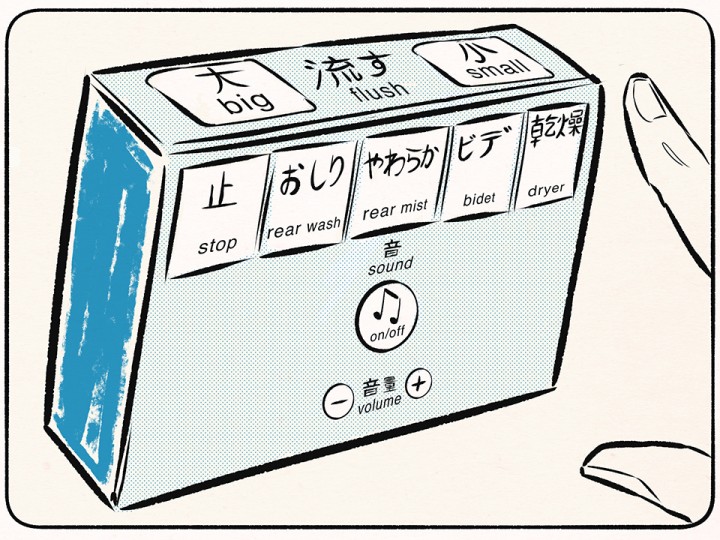
Sometimes, you’ll walk into a restroom and find a toilet with an entire control panel of buttons. These buttons might be located on the toilet seat armrest or on a nearby wall, and they aren’t always labeled in English. This can lead to a moment of panic—how do you even flush?
Look for buttons with the kanji characters for “big” (大) and “small” (小), which correspond to full and half flushes, respectively. Other buttons control bidet functions, seat warmers, and even sound effects—some toilets play running water or music to mask any embarrassing noises. Only in Japan!
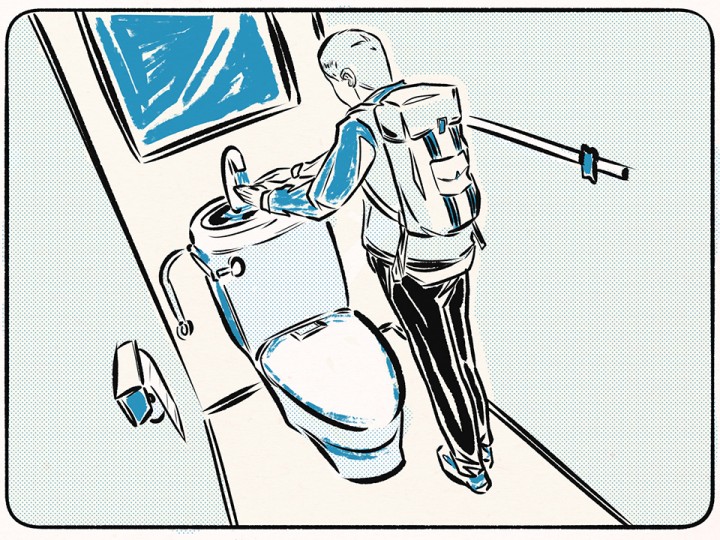
If you use a restroom in a private home, small restaurant, or business, you might notice a faucet on top of the toilet tank. It may seem odd at first, but don’t worry—the water coming from it is clean and the same as what comes from any other tap. This faucet is an eco-friendly feature that lets you wash your hands with the fresh water used to refill the tank after flushing—an ingenious way to conserve both space and water.
Japanese toilets and restrooms offer a unique blend of tradition and innovation, reflecting the country’s commitment to cleanliness, convenience, and cutting-edge technology. While many public restrooms in urban areas feature modern Western-style toilets, traditional toilets are still common in parks and rural areas. The shift toward high-tech toilets, which include features like heated seats, bidet functions, and privacy-enhancing sound effects, has made them a hallmark of Japanese public restrooms.
Visitors to Japan should also be aware of the practical quirks of using restrooms. Many public restrooms do not provide paper towels or hand dryers, so don’t forget to bring your hand towel or handkerchief. Some restrooms might even lack soap, making it a good idea to carry hand sanitizer or travel soap as well. The restroom experience in Japan is not just about the facilities themselves but also about adapting to the local customs and culture. Whether in bustling Shinjuku or Shibuya, neighborhoods like Suginami, or the more rural areas, being prepared ensures a smoother and more enjoyable experience.
[updated March 2025]
illustrations: Rob
text: Greg








